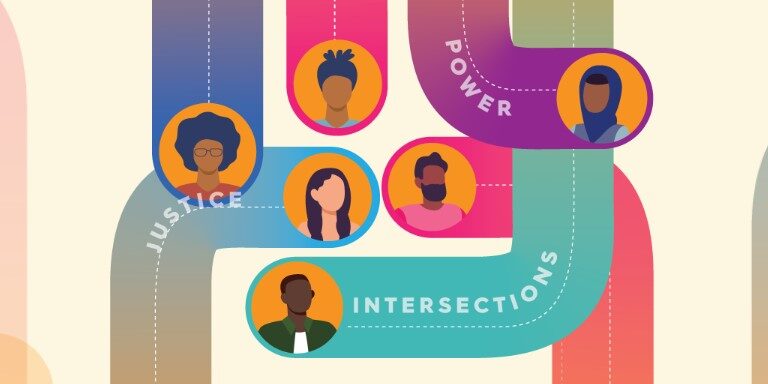June 19, 2018
Please note: reports dated earlier than June 2020 were published under our previous names: the USC Program for Environmental and Regional Equity (PERE) or the USC Center for the Study of Immigrant Integration (CSII).

While the nation is projected to become a people-of-color majority by the year 2044, Albuquerque reached that milestone in the 2000s. Since 1990, Albuquerque has experienced dramatic demographic growth and transformation–driven mostly by an increase in the Latino and Asian or Pacific Islander population.
Today, these demographic shifts–including a decrease in the percentage of White residents–persist. Albuquerque’s diversity is a major asset in the global economy, but inequities and disparities are holding the region back. Albuquerque is the 59th most unequal among the largest 100 metro regions. Since 2000, poverty and working-poverty rates in the region have been consistently higher than the national averages. Racial and gender wage gaps persist in the labor market.
We estimate that the Albuquerque metro economy would have been $11 billion larger in 2015 absent its racial inequities in income. Closing racial gaps in economic opportunity and outcomes will be key to the region’s future.
This profile was produced by the National Equity Atlas partnership with the USC Program for Environmental and Regional Equity (PERE) with the support of the W.K. Kellogg Foundation. The profile was also released in partnership with the City of Albuquerque and New Mexico Voices for Children, and will serve as a guide for the city’s new Office of Equity and Inclusion to set its racial and economic equity agenda.



